Targeted disruption of the beta adducin gene (Add2) causes red blood cell spherocytosis in mice
- PMID: 10485892
- PMCID: PMC17949
- DOI: 10.1073/pnas.96.19.10717
Targeted disruption of the beta adducin gene (Add2) causes red blood cell spherocytosis in mice
Abstract
Adducins are a family of cytoskeleton proteins encoded by three genes (alpha, beta, gamma). In a comprehensive assay of gene expression, we show the ubiquitous expression of alpha- and gamma-adducins in contrast to the restricted expression of beta-adducin. beta-adducin is expressed at high levels in brain and hematopoietic tissues (bone marrow in humans, spleen in mice). To elucidate adducin's role in vivo, we created beta-adducin null mice by gene targeting, deleting exons 9-13. A 55-kDa chimeric polypeptide is produced from the first eight exons of beta-adducin and part of the neo cassette in spleen but is not detected in peripheral RBCs or brain. beta-adducin null RBCs are osmotically fragile, spherocytic, and dehydrated compared with the wild type, resembling RBCs from patients with hereditary spherocytosis. The lack of beta-adducin in RBCs leads to decreased membrane incorporation of alpha-adducin (30% of normal) and unexpectedly promotes a 5-fold increase in gamma-adducin incorporation into the RBC membrane skeleton. This study demonstrates adducin's importance to RBC membrane stability in vivo.
Figures

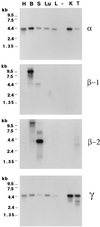

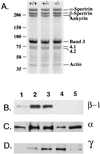
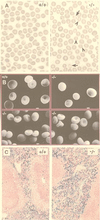
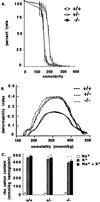
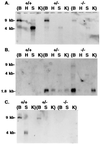
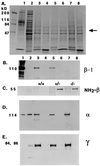
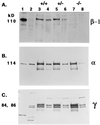
References
Publication types
MeSH terms
Substances
Grants and funding
LinkOut - more resources
Full Text Sources
Molecular Biology Databases

